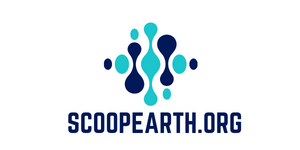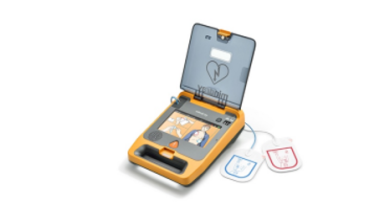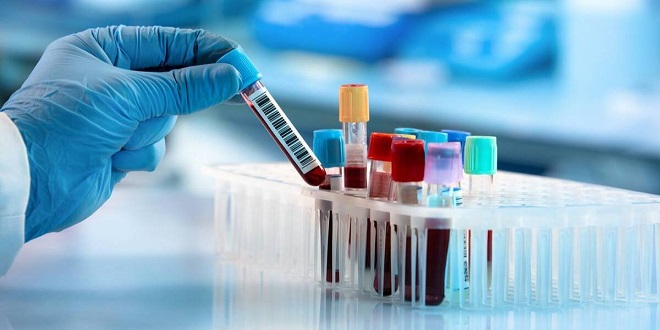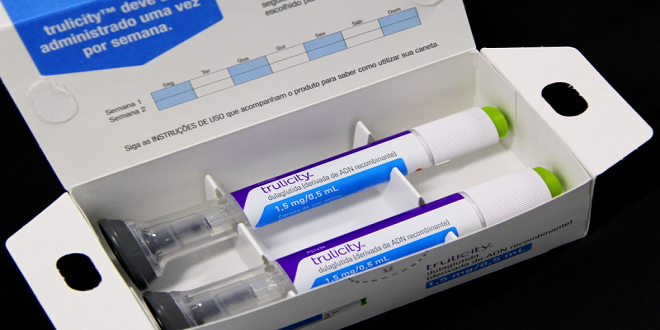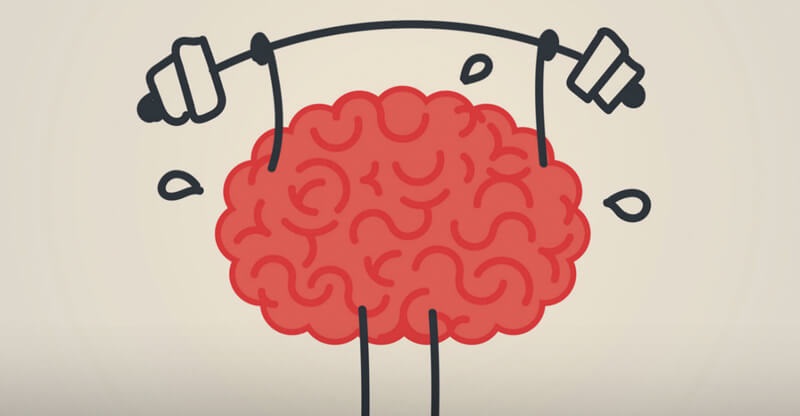Understanding Varicose Veins: Causes, Symptoms, and Treatment Options
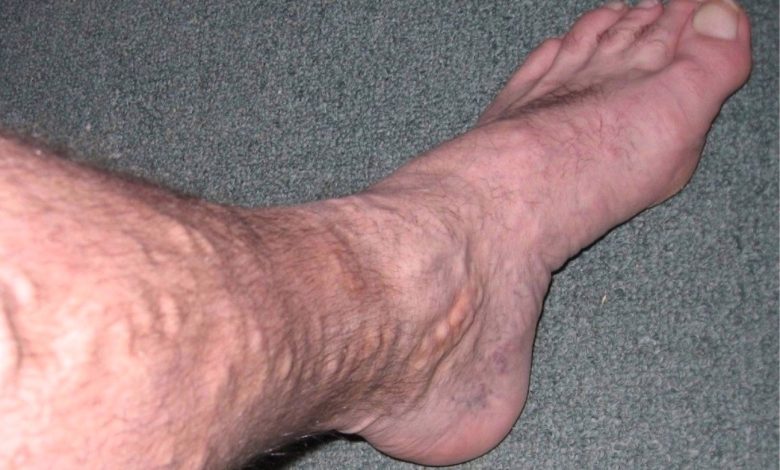
Introduction:
Varicose veins are a common condition that affects millions of people worldwide, particularly women. While often considered a cosmetic concern, varicose veins can cause discomfort and may lead to more serious health issues if left untreated. In this blog, we’ll explore the causes, symptoms, and treatment options for varicose veins, helping you understand this condition and how to manage it effectively.
What are Varicose Veins?
Varicose veins are enlarged, swollen veins that typically appear blue or dark purple and may bulge or twist beneath the skin’s surface. They most commonly occur in the legs and feet, where veins must work against gravity to return blood to the heart. Varicose veins develop when the valves within the veins weaken or become damaged, causing blood to pool and veins to enlarge.
Causes of Varicose Veins:
Several factors can contribute to the development of varicose veins, including:
- Age: As people age, the veins in their legs may weaken and lose elasticity, increasing the risk of varicose veins.
- Gender: Women are more likely than men to develop varicose veins, possibly due to hormonal changes during pregnancy and menopause.
- Family History: A family history of varicose veins increases the likelihood of developing the condition.
- Prolonged Standing or Sitting: Jobs or activities that require long periods of standing or sitting can impede blood flow and increase pressure on the veins, contributing to varicose veins.
- Obesity: Excess weight puts added pressure on the veins in the legs, increasing the risk of varicose veins.
Symptoms of Varicose Veins:
Varicose veins may be asymptomatic for some individuals, while others may experience symptoms such as:
- Visible, twisted, or bulging veins
- Aching or throbbing pain in the legs
- Swelling, particularly in the ankles and feet
- Itching or irritation around the affected veins
- Heaviness or fatigue in the legs, especially after standing or sitting for extended periods
Treatment Options for Varicose Veins:
Several treatment options are available to manage varicose veins and alleviate symptoms, including:
- Lifestyle Changes: Lifestyle modifications such as exercising regularly, maintaining a healthy weight, elevating the legs when resting, and avoiding prolonged periods of standing or sitting can help improve blood circulation and reduce symptoms.
- Compression Stockings: Wearing compression stockings can help alleviate symptoms by applying gentle pressure to the legs, improving blood flow, and reducing swelling.
- Sclerotherapy: Sclerotherapy involves injecting a solution directly into the affected veins, causing them to collapse and fade over time.
- Endovenous Laser Ablation (EVLA): EVLA is a minimally invasive procedure that uses laser energy to seal off varicose veins, rerouting blood flow to healthier veins.
- Vein Stripping: In severe cases, surgical procedures such as vein stripping may be necessary to remove varicose veins.
Conclusion:
Varicose veins are a common and often bothersome condition that can impact daily life and overall well-being. However, with proper management and treatment, many individuals can find relief from symptoms and improve the appearance of varicose veins. If you’re experiencing symptoms of varicose veins or are concerned about your vein health, consult with a healthcare professional to discuss your options and develop a personalized treatment plan tailored to your needs.
